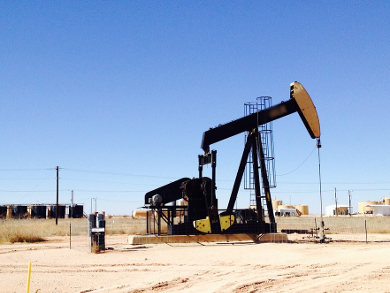Engineered nanoparticles have been proposed as contrast agents to detect, image, or modify subsurface conditions of oil and gas reservoirs and by this improve oil and gas recovery. However, the conditions during the measurement include the presence of saline solutions and porous materials, which can severely limit nanoparticle mobility.
Kurt Pennell, Tufts University, Medford, MA, USA, and colleagues examined the ability of polymers and surfactants to enhance the mobility of polymer–coated magnetite nanoparticles. They used a standard brine solution and columns packed with Ottawa sand or crushed Berea sandstone for their tests. The coated nanoparticles in brine were only about one–third as mobile in the sandstone as they were in the sand (<40 % injected mass recovery vs. 97 %, respectively). Recovery was improved by co-injecting the brine mixture with hydroxyethyl cellulose (HEC, 78 %), gum arabic (72%), or an anionic surfactant (69 %). Pre–flooding the system with HEC before injecting the brine mixture raised the recovery to 93 %.
This suggests that adsorption of HEC on the solid phase blocked the sites where the magnetite particles would otherwise attach. The researchers note that using as little as 0.1 % of commercially available polymers could greatly improve magnetite mobility in porous media.
- Improved Mobility of Magnetite Nanoparticles at High Salinity with Polymers and Surfactants,
Anthony A. Kmetz, Matthew D. Becker, Bonnie A. Lyon, Edward Foster, Zheng Xue, Keith P. Johnston, Linda M. Abriola, Kurt D. Pennell,
Energy Fuels 2016.
DOI: 10.1021/acs.energyfuels.5b01785




